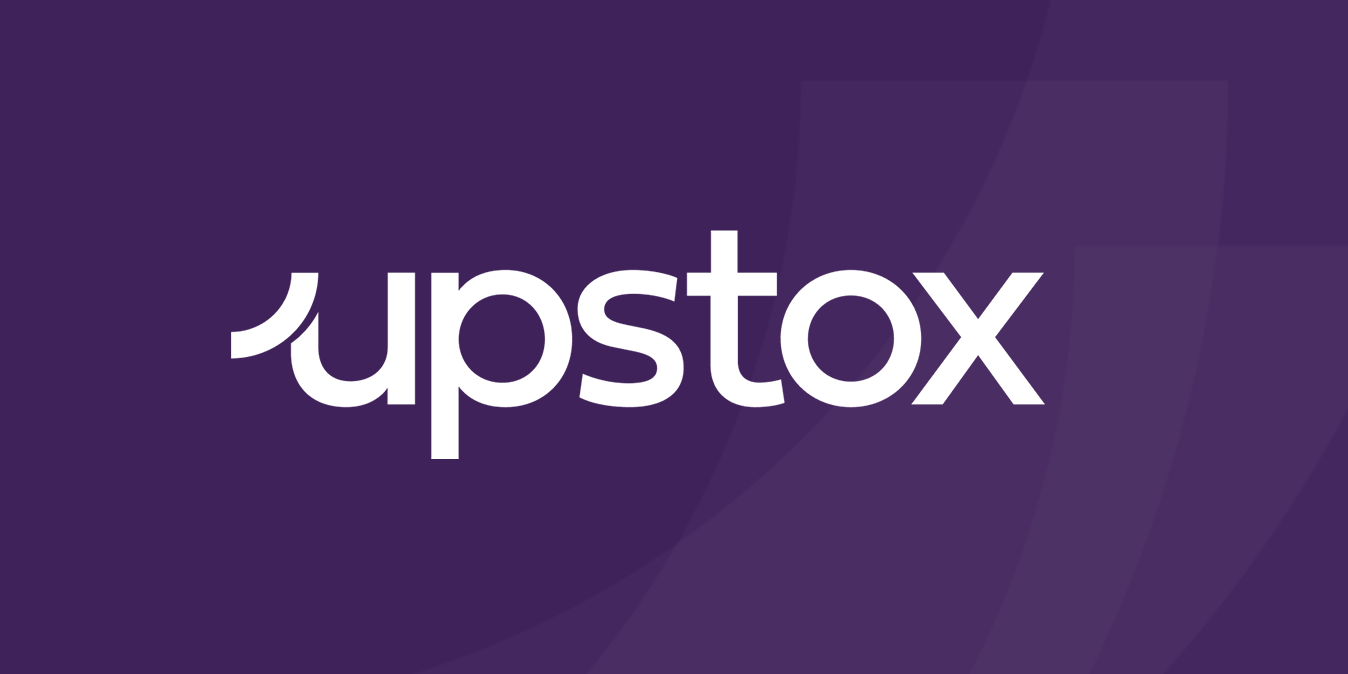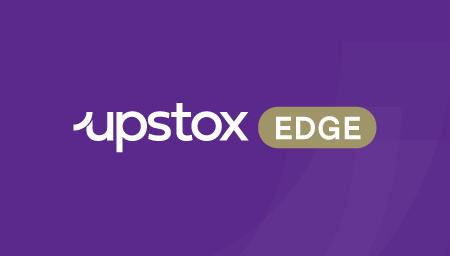To be a successful investor, one needs to have a firm grasp on the market terminologies. Understanding the nuances of common market terms is crucial for making informed decisions.
Many times, investors assume a lot and understand very little. This is one of the reasons the percentage of retail investors of the total investors in markets is quite low. This lack of adequate understanding starts with the basics: stocks. Let us understand a few basic things about stocks. For the sake of simplification, this explainer will focus on Common Stock and Preferred Stock. It will explain the meaning, nuances and difference between these two types of stocks.
What is common stock?
Investing in common stock is popular among investors. Most of the stocks listed on Indian stock exchanges are common stocks. Most investors trade in common stocks. Also known as ordinary equity share, a common stock signifies a fractional ownership in a company. Issuance of common stock is a necessity while forming a company. A company may have one form of capital – common stock. It may not raise capital using any other way – preferred stocks, loans or bonds.
An investor who has a common stock is eligible to receive dividends whenever a company declares them. It must be noted here that there is no assurance about the quantum and timing of dividend to be paid to the holders of common stock. Some companies do not pay dividends at all and instead keep reinvesting their profits in their businesses.
If a company reinvests in profitable ventures and generates high return on investments, then its profit also rises further. If a company’s profit increases for a sufficiently long period at a healthy rate, the price of a common stock goes up. Investors holding such common stocks, thus, benefit from the upside also called capital appreciation.
Common stocks give investors the right to vote on business matters of a company. In a sense, investors who own common stocks could also influence the business decisions of a company.
What is preferred stock?
Also known as preference shares, preferred stock is a means of raising capital which offers to pay a dividend at a predetermined rate. The holders of preferred stock look at dividends as a key motivation behind investments. Generally, preferred stockholders do not have the right to vote on the matters of business of a company.
Preferred stocks have a few features. They are as follows:
Cumulative or non-cumulative
Depending on the terms of issuance, cumulative preference shares can postpone dividends payout in a year of paucity of funds. Holders of cumulative preference shares are eligible to receive such ‘postponed’ dividends in arrears. Non-cumulative preference stock holders however are paid dividends for a year from profits earned in that year.
Redemption & Call
Some preferred stocks have a provision of redemption. On a specified date, preference shares are redeemed by a company. Shareholders are paid depending on the terms at the time of issuance. Some preferred stocks do have a ‘call option’ embedded in it. These call options give the right but not the obligation to a company to buy back preference shares from the holders.
Convertibility
Some preferred stocks can be converted into common stock depending on the terms agreed at the time of issuance.
Participating
Preferred stocks are known for the fixed rate of dividends. However, in rare cases, companies agree to increase dividends to offer participation to holders of preferred stocks when its business is booming.
Common and preferred stock differences
There are a few distinct features of common and preferred stocks. Let us understand a few important ones:
Common stock offers voting rights whereas preferred stocks do not offer voting rights. In case a company goes into liquidation, then all creditors are paid first. Common stockholders are paid after everyone is paid. In such a situation, preferred stockholders are paid before common stockholders. Preferred stockholders, thus, get a ‘preference’.
While paying dividends a company first pays preferred stock holders according to the agreed terms at the time of issuance. A company may not pay a dividend at all to common stockholders.
A common stock is used to fund long-term capital requirements of a company. A preferred stock is used to fund medium-to-long-term capital requirements of a company.
Investors of common stocks benefit from the growth of a company as price of common stock goes up in line with the growth of the company. Preferred stocks, in most cases, do not see much price rise as dividends are fixed.
The choice
Long-term investors who aim to benefit from the growth of companies prefer to buy common stock. These investors also must have a relatively higher risk appetite. Investors keen on pocketing dividends opt to invest in preferred stocks. Convertible preferred stocks, however, are bought by savvy investors to earn regular dividends in initial years and then to take an exposure to growth of a company after its conversion into common stocks.
Investors who understand these nuances make highly strategic decisions to benefit from the advantages of these two types of stocks. They take strategic decisions only after bearing in mind the risks and disadvantages of their investment decisions and their financial goals.



